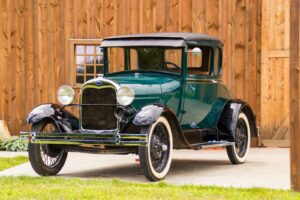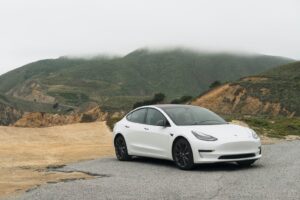 The Ford Model T and Tesla vehicles are both automobiles, but there are several important and significant differences between the two cars.
The Ford Model T and Tesla vehicles are both automobiles, but there are several important and significant differences between the two cars.
Similarities:
- Both the Ford Model T and Tesla vehicles are four-wheeled motor vehicles designed for transportation on public roads.
- Both vehicles were game-changers in their respective times. The Ford Model T was the first automobile that was mass-produced on an assembly line, making cars affordable for the middle class. Similarly, Tesla’s electric cars have disrupted the automotive industry by introducing a new technology that is environmentally friendly.
- Both vehicles have been designed with a focus on efficiency. The Model T was designed to be an affordable car that was easy to maintain and operate, while Tesla vehicles are designed to be energy-efficient and sustainable.
Differences:
- The Ford Model T was first introduced in 1908, while Tesla vehicles were first introduced in 2008. 100 years apart. This means that the Ford Model T was a gasoline-powered car with a combustion engine, while Tesla vehicles are electric cars powered by rechargeable batteries.
 The Ford Model T was a rear-wheel drive vehicle, while Tesla vehicles are typically all-wheel drive.
The Ford Model T was a rear-wheel drive vehicle, while Tesla vehicles are typically all-wheel drive.- The Ford Model T had a top speed of about 45 miles per hour, while Tesla vehicles can reach much higher speeds, with some models capable of exceeding 200 miles per hour.
- Tesla vehicles are equipped with advanced technology and features, such as autopilot, which allows the car to drive itself in certain situations. The Ford Model T did not have any of these advanced features.
- The price of a Ford Model T was relatively affordable at the time, but it was still a significant investment for most people. Tesla vehicles are generally more expensive than traditional gasoline-powered cars, but they are becoming more affordable as the technology improves and becomes more mainstream.
Overall, while both the Ford Model T and Tesla vehicles are automobiles designed for transportation on public roads, they are vastly different in terms of their technology, features, and performance capabilities.

